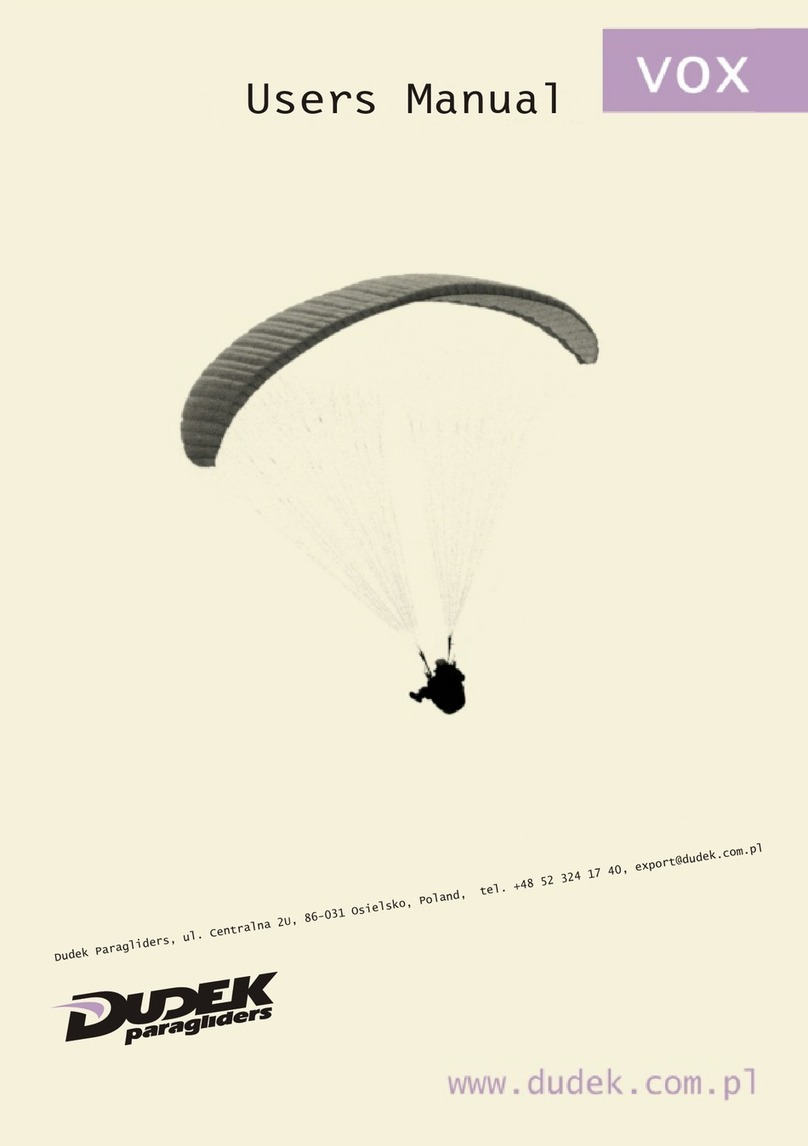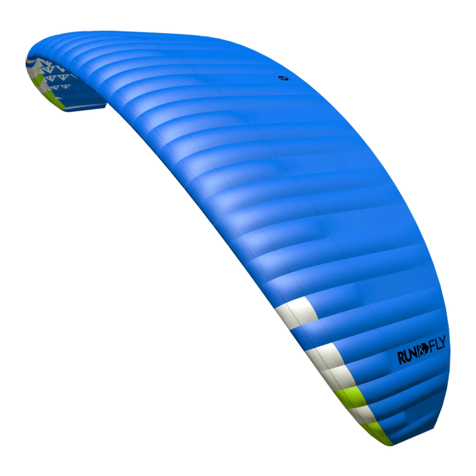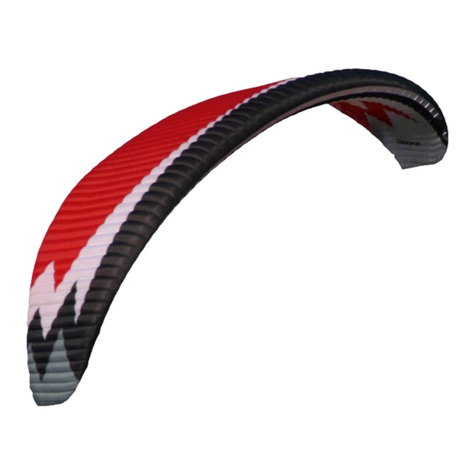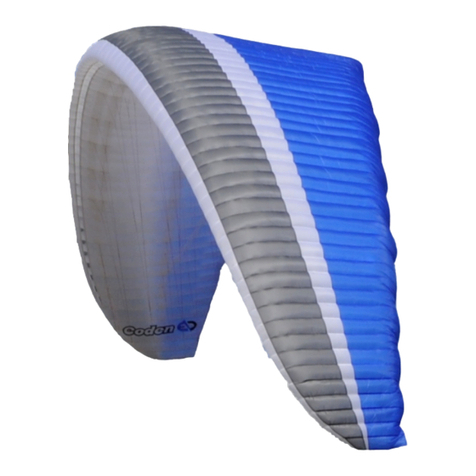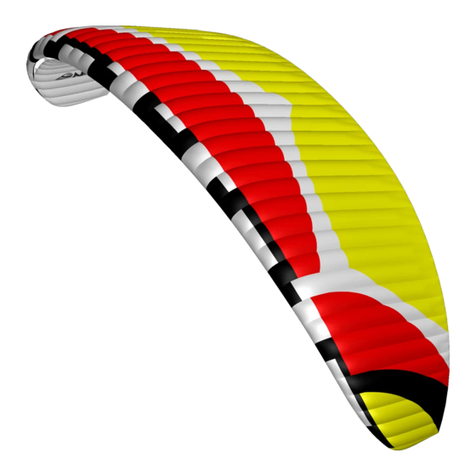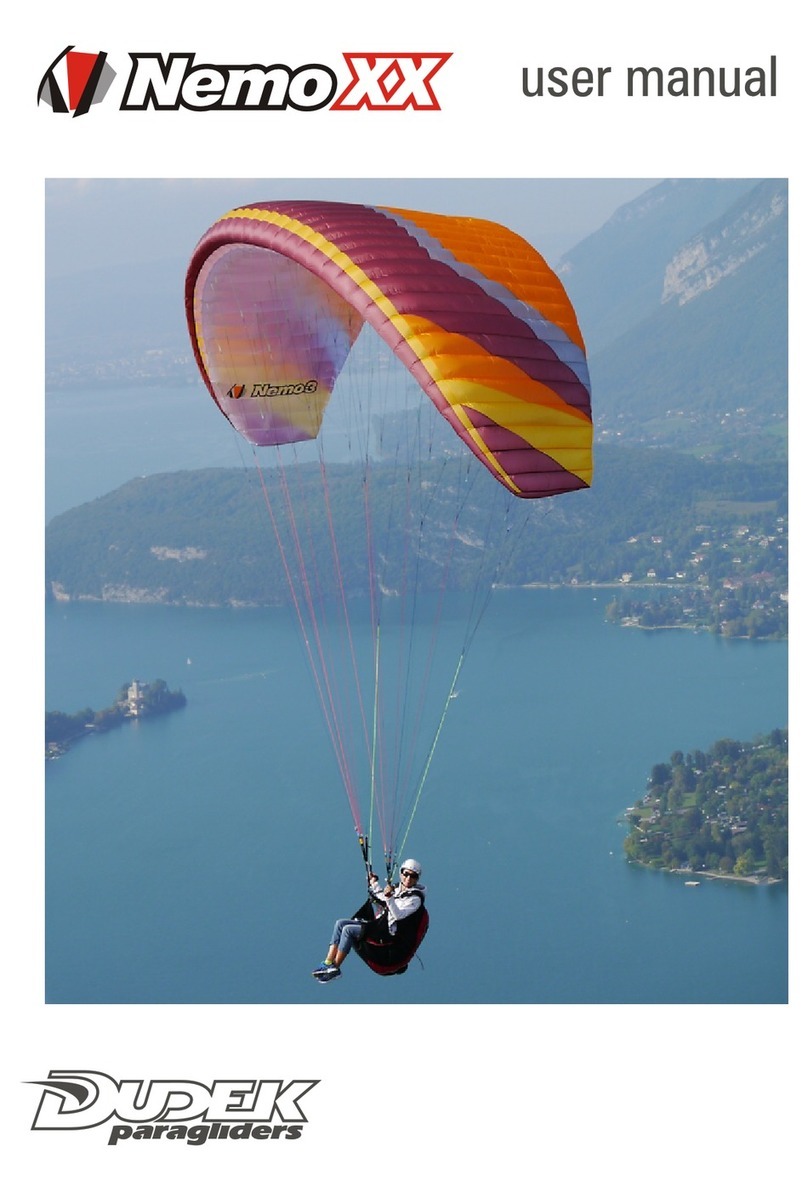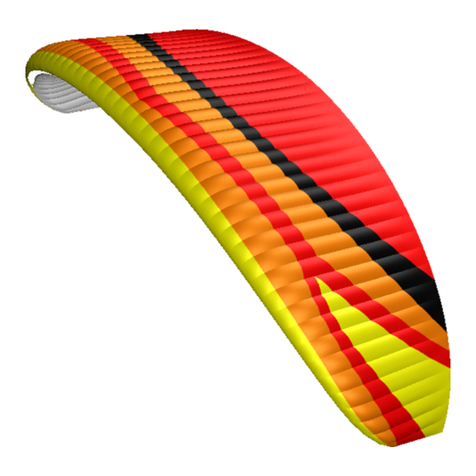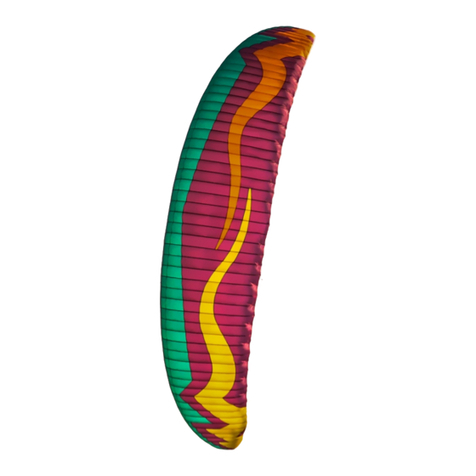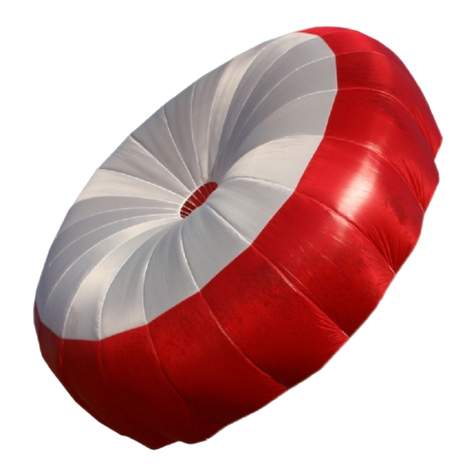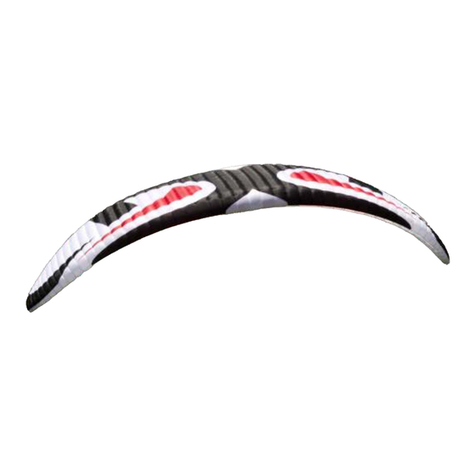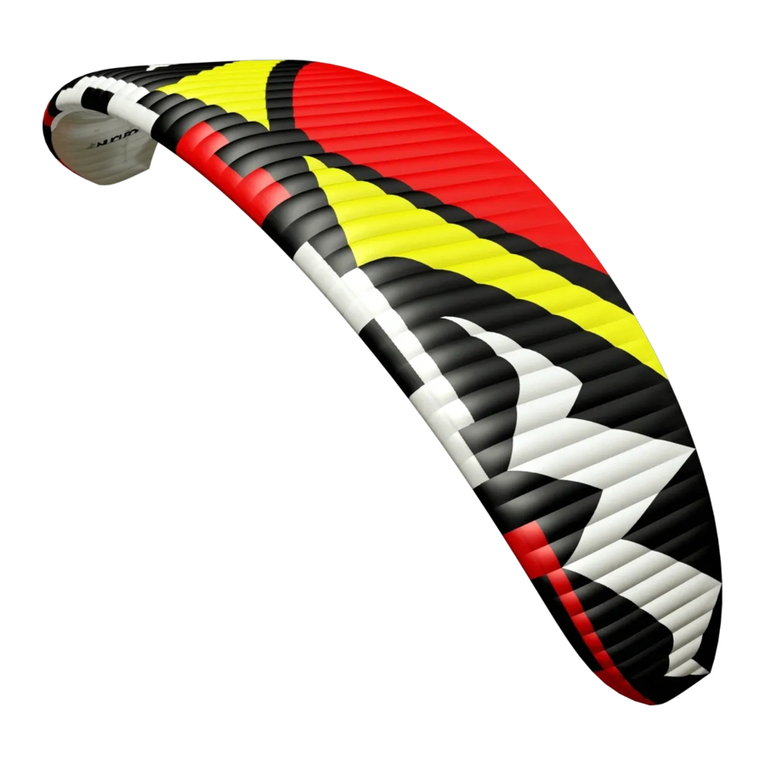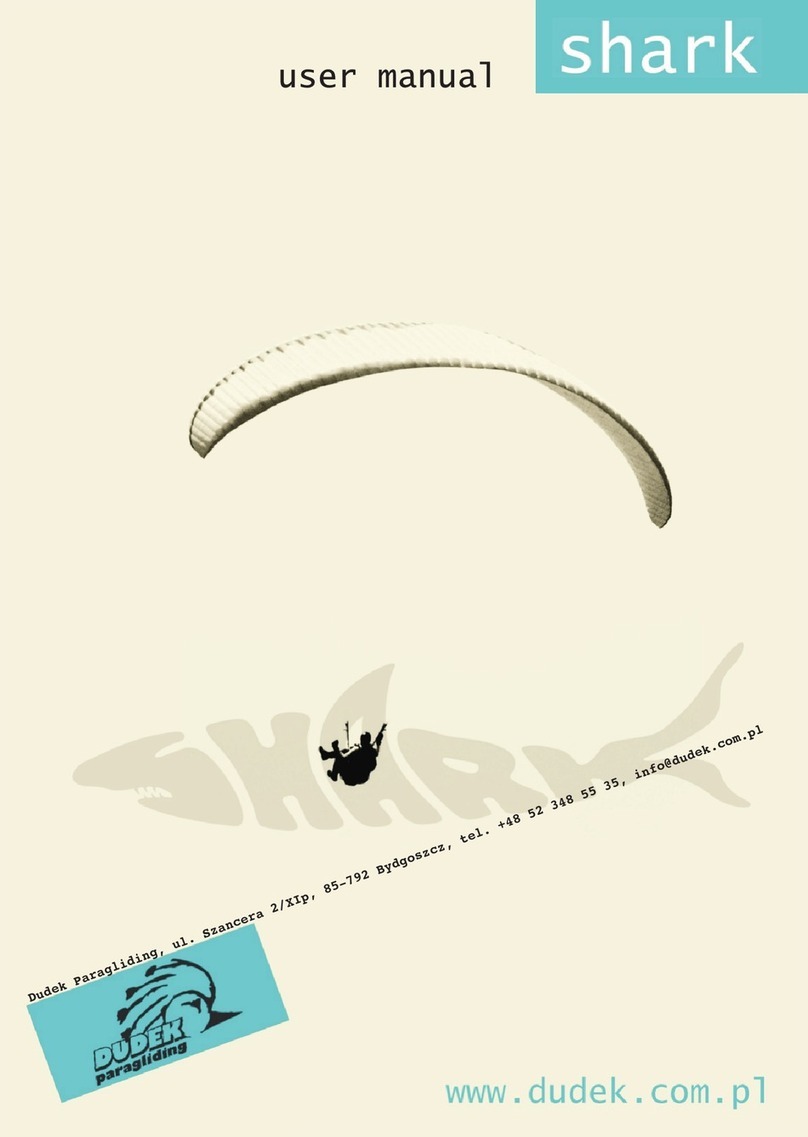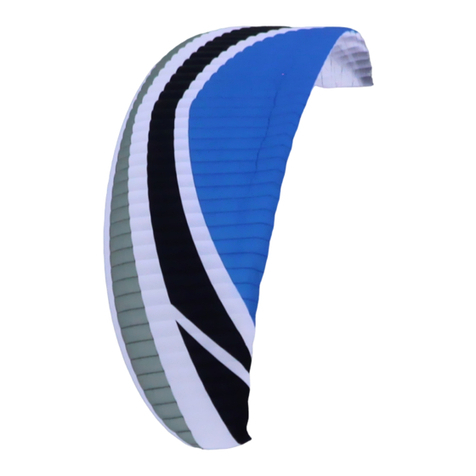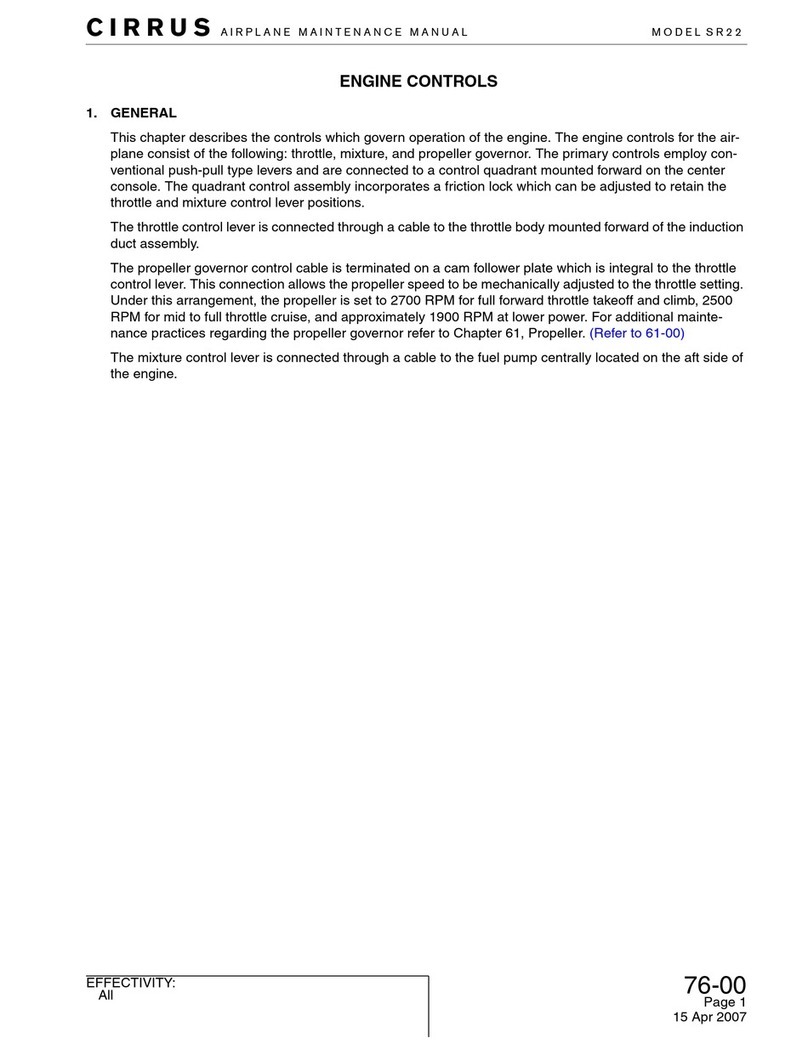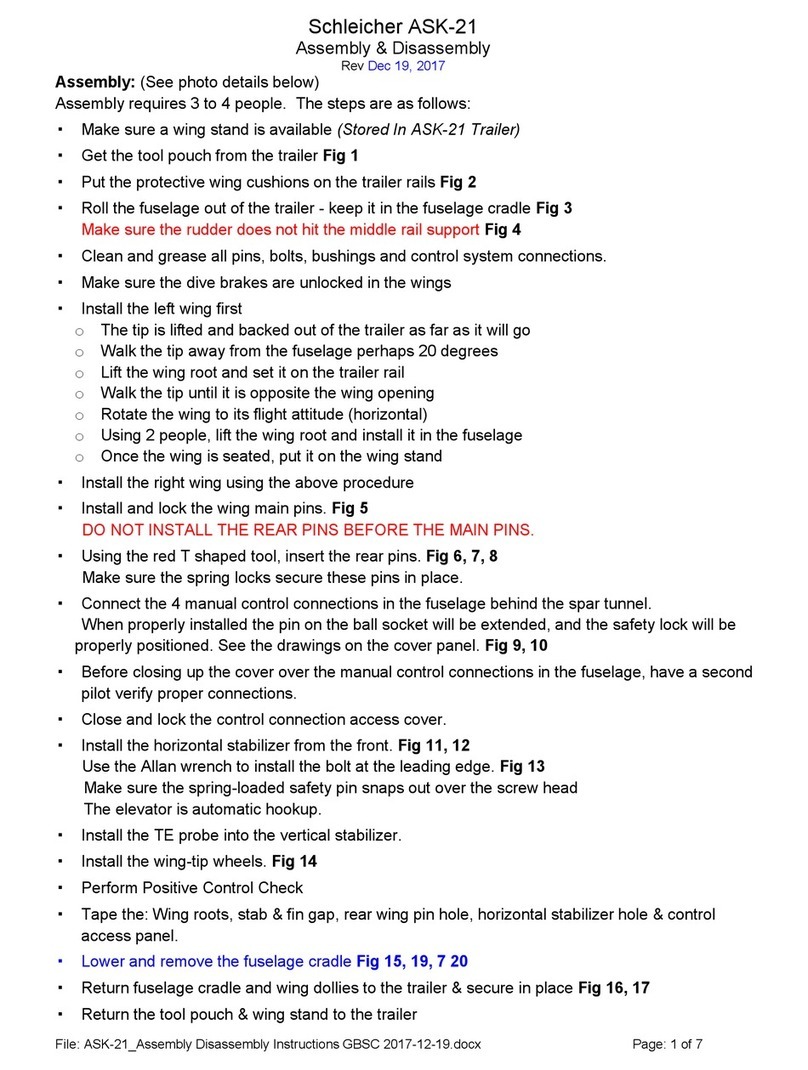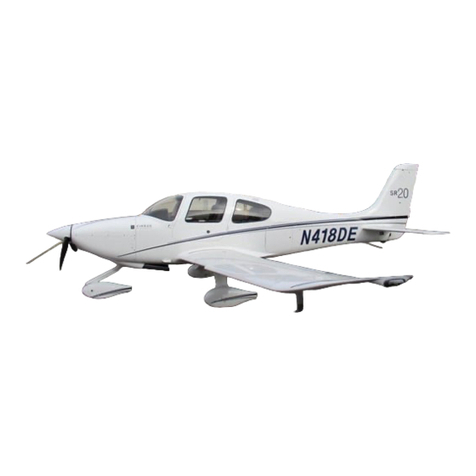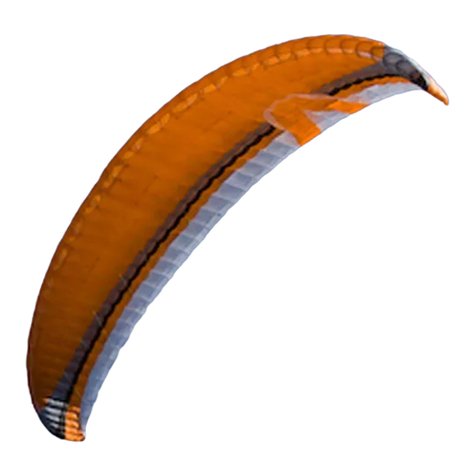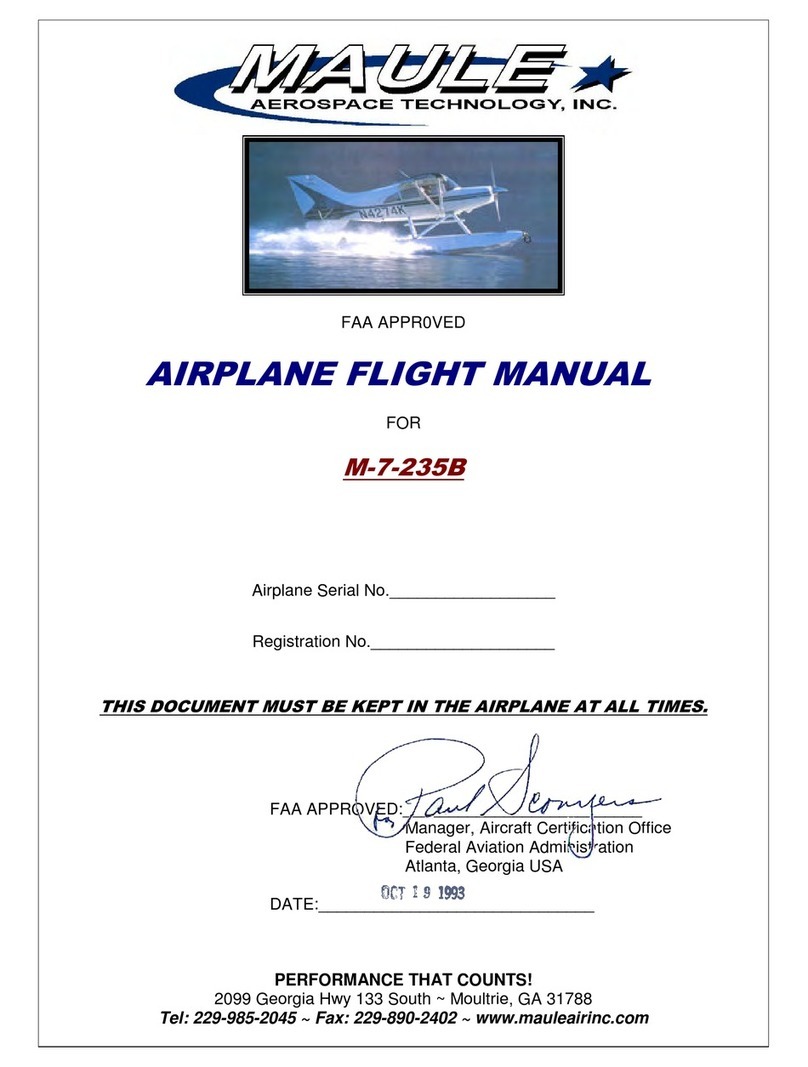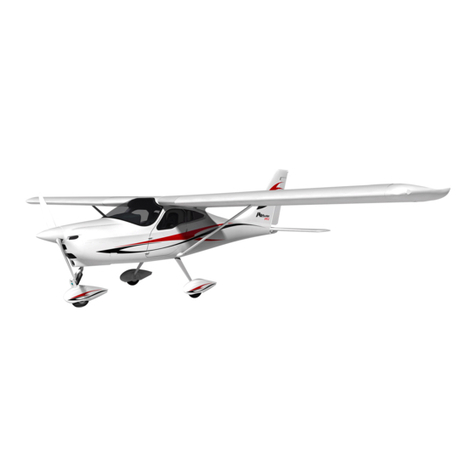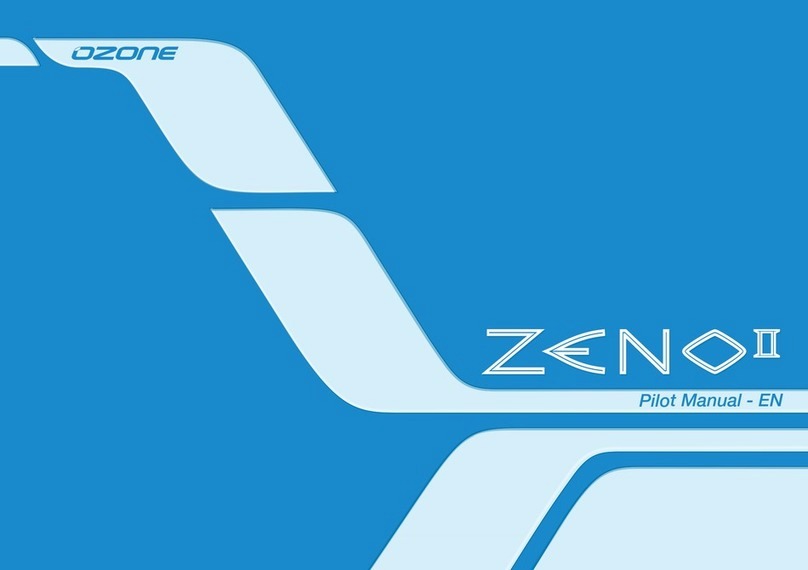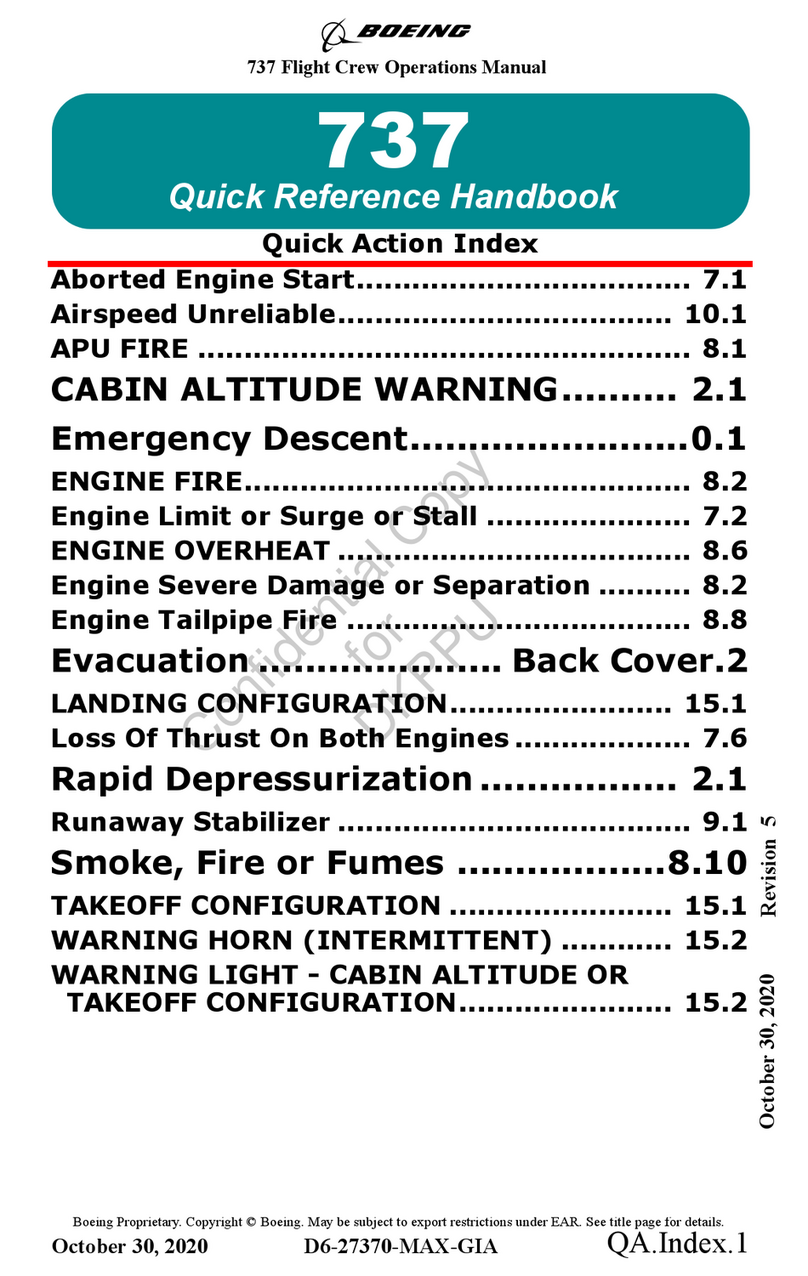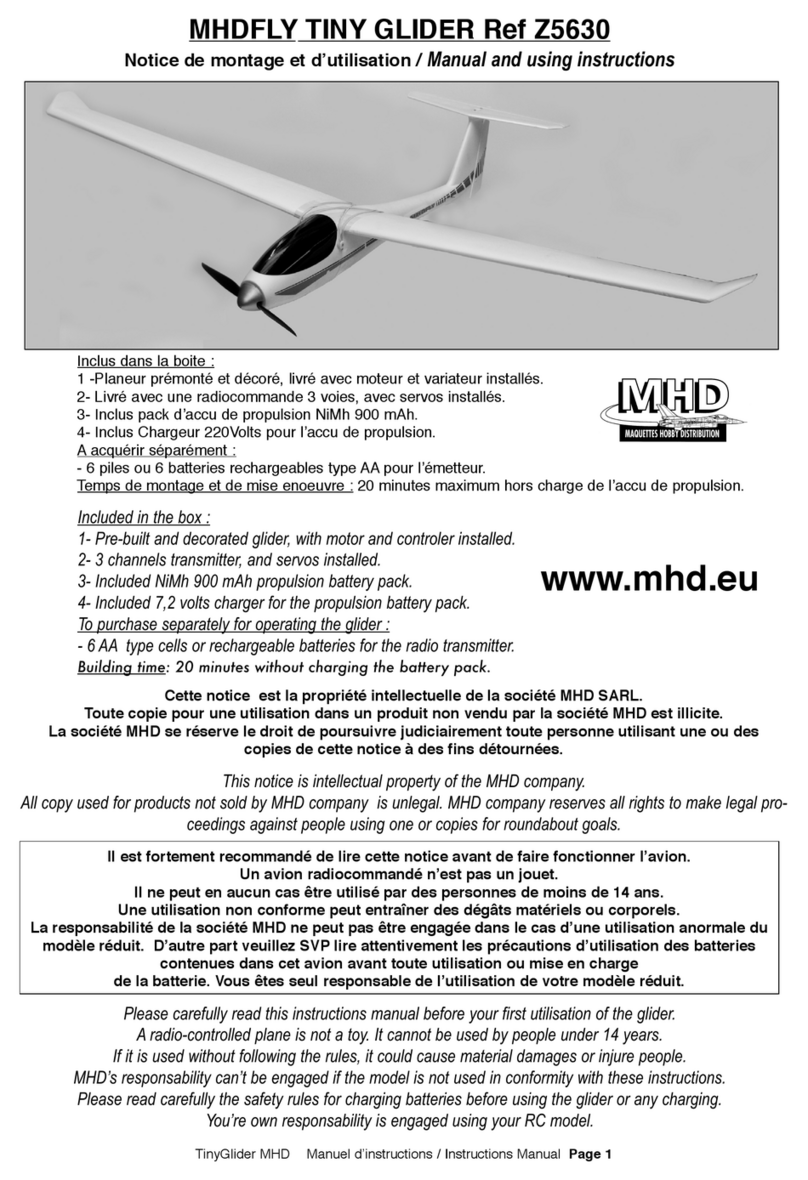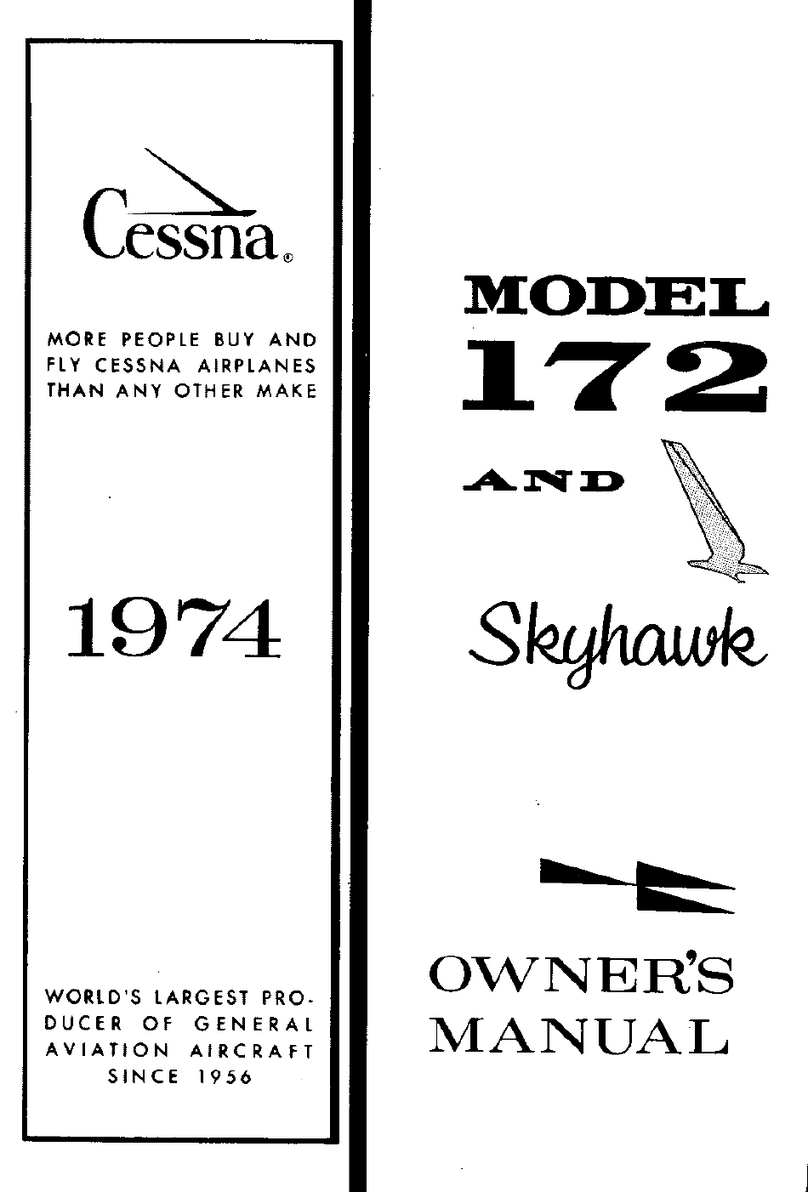
Colt has an elliptic shape with slightly back-swept wingtips. The canopy is
made of doubled cells, with ribs supported by VSS (V-Shaped Supports)
system. Such design guarantees that the canopy stays rigid, the upper
surface is smooth with correctly reproduced aerofoil, and what is most
important we have fewer suspension points (thus reducing overall lines'
length and drag).
Inside the canopy there is RSS (Reinforcing Strap System) applied on the
lower surface. RSS is a ballooning-independent reinforcement system made
entirely of paragliding fabric, stiffening and stabilizing the canopy.
The aerofoil was perfected with DOA technology
(Dudek Optimized Airfoil). It merges all our experiences
stemming from previous designs and as a special
feature is optimized with dedicated CFD engineering
software.
The suspension points areas are additionally reinforced with laminated fabric
so that loads are equally distributed on three planes: vertically (with the ribs),
diagonally (with VSS system) and level through RSS.
All crossports have been prepared with application of OCD (Optimised
Crossports Design). Carefully designed shapes of the openings and their
optimal placement between stress lines guarantee efficient pressure
distribution in the canopy and its quick inflation. These openings are scaled
together with the ribs, so that their replicability is flawless and they do not
disturb the aerofoil in any way.
Another feature of the Colt is the Flexi-Egde
technology. The leading edge is closed to the
airflow, and its precise shape is kept with laminated
cloth reinforcements, incorporating synthetic rods.
The rods make the leading edge stiffer and
smoother, bringing improvements in many areas - from easier inflation,
through stiffening the canopy in flight to improved general airflow.
The intakes are located on the undersurface in the vicinity of leading edge.
Their position was chosen very carefully, so that they got maximum ram
effect in possibly many flight situations.
The wing tips additionally feature ACS (Auto
Cleaning Slots) – as the name suggests, these are
dedicated openings automatically removing dirt from
inside the canopy.
Careful selection of modern fabrics and design solutions brings about great
strength and durability of the Colt. All materials used come from marked
production batches, and each production step can be verified down to
identification of specific worker and controller.
5
USER MANUAL

